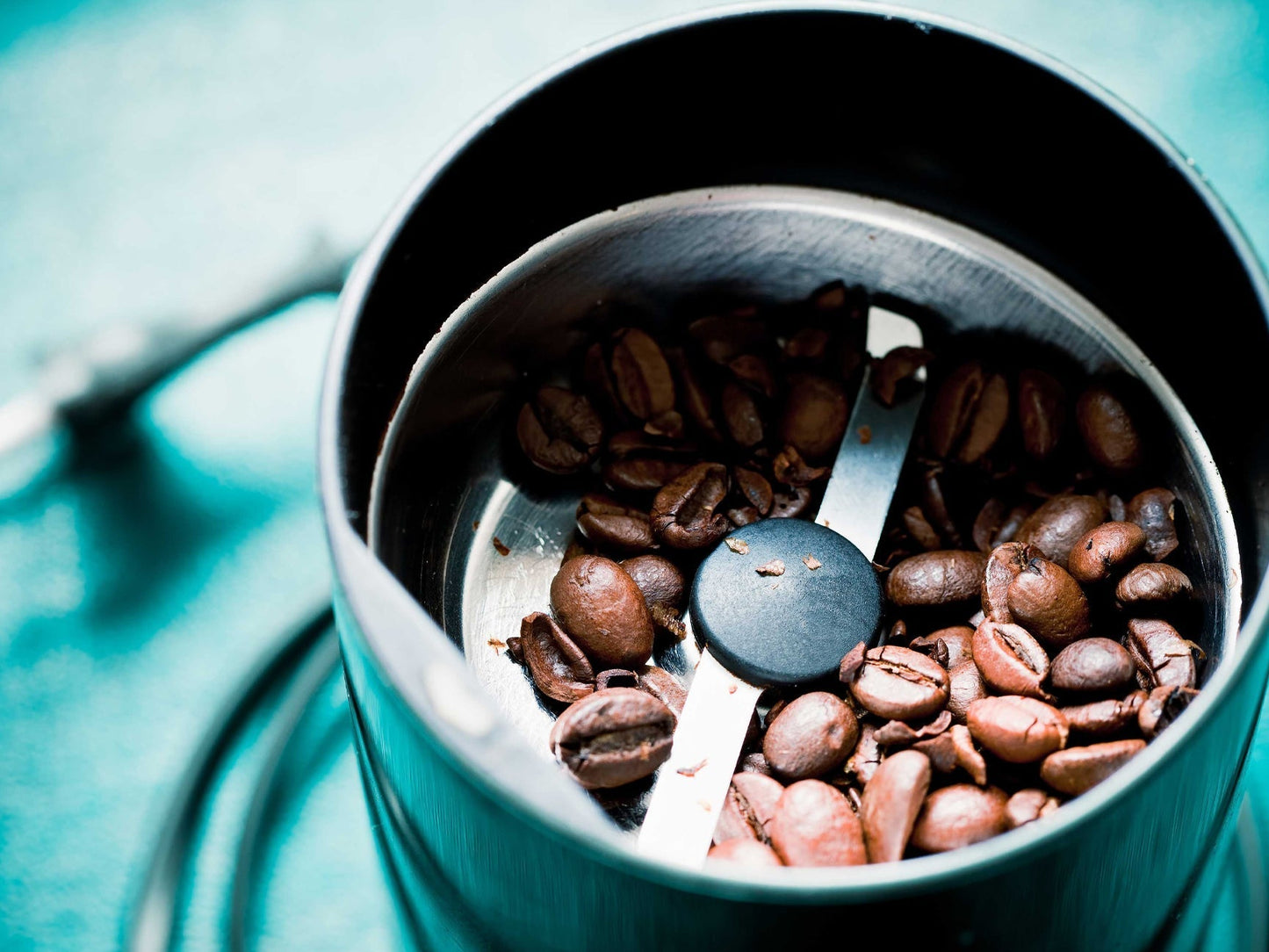Biggest Mistakes with Grind Size
Discover how grind size affects coffee flavor, how to fix sour or bitter brews, and why a burr grinder is key to brewing a consistently great cup. Tradition Coffee Roasters shares coffee knowledge, quality goods, and stories that connect community.

One of the biggest mistakes home brewers make is with their grind size. The impact that grind size has on the quality of your coffee is incredible. If you already know this, then you have a beautiful burr grinder displayed on your counter, ready to please you. Now we need to figure out what to do with it and understand why they’ve given you 40 different selections to choose from. Weʻre going to cover some basics here—and perhaps dive deeper into this interesting topic another time.
Letʻs explore the relationship between grind size and coffee flavor, and provide simple tips to “dial in” a coffee that tastes too sour or too bitter. We'll also discuss the importance of consistency and why investing in a quality burr grinder helps create a consistently great cup each morning and throughout the day. Welcome to the world of crafting exceptional coffee with Tradition Coffee Roasters!
Understanding grind size and flavor
Grind size refers to the coarseness or fineness of the coffee grounds. It plays a vital role in the extraction process, determining how quickly water flows through the coffee during brewing and how much of the actual coffee dissolves in the water.
A finer grind size creates more surface area and causes the water to slowly pass through. This results in a greater extraction of flavor compounds. Conversely, a coarser grind size with less surface area causes the water to pass through quickly, allowing much less time for the flavor compounds to be taken with it. For visual learners out there, picture water getting poured through fine sand vs. pouring over a few larger rocks—and Iʻm sure you can guess which one results in more flavor.
COFFEE TERMS:
“Over-extracted”
Too fine of a grind size will result in over-extracted coffee.
“Under-extracted”
Too coarse of a grind size will result in under-extracted coffee.
Somewhere in the middle is your perfect cup.
Adjusting for sour-tasting coffee
If your coffee tastes sour, it is probably under-extracted due to a grind size that was too coarse. To remedy this, try grinding your coffee finer. This adjustment increases the surface area, allowing for a more thorough extraction. Experiment with gradually finer grinds until you achieve a balanced cup.
Correcting bitter-tasting coffee
On the other hand, if your coffee tastes bitter or over-extracted, you may have ground your coffee too fine. To counteract this, simply grind coarser. A coarser grind shortens the extraction time, reducing the intensity of bitter flavors. A fun and easy experiment is to purposely grind very fine for one cup and very coarse for another. This will teach your palate in a very obvious way what to look out for.
Consistency and quality burr grinder
Consistency is key when it comes to brewing exceptional coffee. Using a quality burr grinder is essential to achieve consistent grind sizes. Unlike blade grinders that chop the beans unevenly, burr grinders crush the beans between two abrasive surfaces, resulting in precise and uniform particles. This consistency ensures even extraction, leading to a more flavorful and enjoyable cup of coffee. Best of all, the results are repeatable and accurately adjustable.
Mastering the art of coffee brewing involves understanding the impact of grind size on flavor and making simple adjustments accordingly. Simply put: to correct a sour-tasting coffee, grind finer. To correct a bitter cup, grind coarser. Investing in a quality burr grinder guarantees consistency, allowing you to replicate your perfect cup of coffee every time. Join Tradition Coffee Roasters in their pursuit of excellence, and please feel free to share this article if you found it valuable.



